I hope, for your sake, that you've never set eyes on Japanese knotweed (fallopia japonica) because it is wildly invasive here in America - and most other places -and more or less impossible to get rid of. Knotweed grows extremely quickly - as much as three feet in just a few weeks - and can destroy building foundations, not to mention wreaking havoc on native ecosystems.
It's considered noxious enough to land a coveted spot on the IUCN's list of the world's 100 most invasive species where it hobnobs with things like gypsy moths, kudzu, mosquitoes, rats (my personal favorites), and more.
That said, it does have a few good points, as well, including:
1. Knotweed is an excellent source of resveratrol which some people believe has healing properties. Scientific proof is not abundant yet but it certainly can't hurt.
2. Knotweed's prolific white flowers provide plenty of nectar for honey bees and pollinators well into the fall, when other food sources are falling off.
3. Knotweed is edible as a tender young thang in early spring. The flavor is sour and a little earthy -- somewhat similar to rhubarb but definitely unique.
Which brings me to the reason for this post...
I've been hearing about eating knotweed for several years now but had never tried it. However, since two of our neighbors have massive (and fast-growing) knotweed patches, I figured I would give it a try. I think there's something rather primal about eating your enemies, don't you?
It turns out that in this case, at least, revenge is sweet. This crisp was a hit with my family.
It's easy to harvest Japanese knotweed but you need to catch it quite early in the spring when the stalks are still tender and only a foot or two high at the most. A good rule of thumb is not to pick anything taller than your knee or wider than your thumb as the shoots turn woody very quickly. Also, you'll know it's too late if you need scissors or a knife, the stalks should snap off when you bend them - similar to snapping a stalk of fresh asparagus.
Japanese knotweed has trowel-shaped green leaves, some of which can be variegated (meaning they have white dots or stripes on them), hollow stems that are jointed like bamboo with a papery bit at the joints, the stems start out quite red (as do the leaves) and become greener as they age but always have this reddish spotting on them. In late summer and fall the plants bloom with large sprays of small white flowers.
Once you get them home, rinse them in cold water to remove any dirt or insects.
Then dry them off and cut off the leaves and any portions that seem too tough and chop the stalks into roughly one-inch pieces. I removed all the joints since they are tougher than the rest of the stalk. If you'd like, you can freeze some of the knotweed to use later - something I often do with rhubarb when it's in season.
I mixed the knotweed with apple, strawberry, lemon juice, lemon zest and sugar to make a very tasty crisp.
The topping was a mixture of oats, almond meal, brown sugar, butter and a little salt. My mom-in-law gave me the idea to start using almond meal as a topping - it's a great addition.
We ate ours with vanilla ice cream. So good! The knotweed goes really nicely with the other fruit and the lemon zest which picks up its natural tartness.
If you want to give this dessert a try, do it ASAP since the window when the knotweed is tender enough to eat is truly brief.
-- print recipe --
Strawberry Apple Japanese Knotweed Crisp
Serves 4-6
Ingredients
For the filling
* 1 cup chopped knotweed
* 1 1/2 cups chopped strawberries
* 1 1/2 cups chopped apples
* 1/4 cup cane sugar
* Zest of 1 lemon
* Juice of 1 lemon
* 1/8 tsp sea salt
* 1/2 tsp vanilla
* 1 tsp corn starch
For the topping
* 1 stick (1/2 cup) butter, melted
* 1/4 tsp sea salt
* 2/3 cup cane sugar
* 1/2 tsp cinnamon
* 1/8 tsp ground cloves
* 1 cup almond meal
* 1 cup oats
Directions
1. Preheat the oven to 350° F and grease your baking dish - you can use a 9-inch pie dish or a 9 x 9-inch square dish. Make the filling: in a medium to large bowl, mix all the filling ingredients, stirring the cornstarch in last to mix with the juices. This will help keep the crisp from being runny.
2. Make the topping. Mix all the ingredients in a bowl, stirring until everything is moist and mixed. Arrange the filling in a layer on the bottom of the baking dish and distribute the topping evenly over it.
3. Bake for 30-35 minutes or until the fruit filling is bubbling and the topping is nicely browned. Let cool slightly and serve warm with a generous scoop of vanilla ice cream.
Strawberry Apple Japanese Knotweed Crisp
Serves 4-6
Ingredients
For the filling
* 1 cup chopped knotweed
* 1 1/2 cups chopped strawberries
* 1 1/2 cups chopped apples
* 1/4 cup cane sugar
* Zest of 1 lemon
* Juice of 1 lemon
* 1/8 tsp sea salt
* 1/2 tsp vanilla
* 1 tsp corn starch
For the topping
* 1 stick (1/2 cup) butter, melted
* 1/4 tsp sea salt
* 2/3 cup cane sugar
* 1/2 tsp cinnamon
* 1/8 tsp ground cloves
* 1 cup almond meal
* 1 cup oats
Directions
1. Preheat the oven to 350° F and grease your baking dish - you can use a 9-inch pie dish or a 9 x 9-inch square dish. Make the filling: in a medium to large bowl, mix all the filling ingredients, stirring the cornstarch in last to mix with the juices. This will help keep the crisp from being runny.
2. Make the topping. Mix all the ingredients in a bowl, stirring until everything is moist and mixed. Arrange the filling in a layer on the bottom of the baking dish and distribute the topping evenly over it.
3. Bake for 30-35 minutes or until the fruit filling is bubbling and the topping is nicely browned. Let cool slightly and serve warm with a generous scoop of vanilla ice cream.
You might also like:
| Apple Crisp - Humble, Homey & Delicious | Ginger Rhubarb Johnnycake- A Seasonal Spring Dessert | Eat Your Weeds: Wood Sorrel, Potato & Egg Salad |

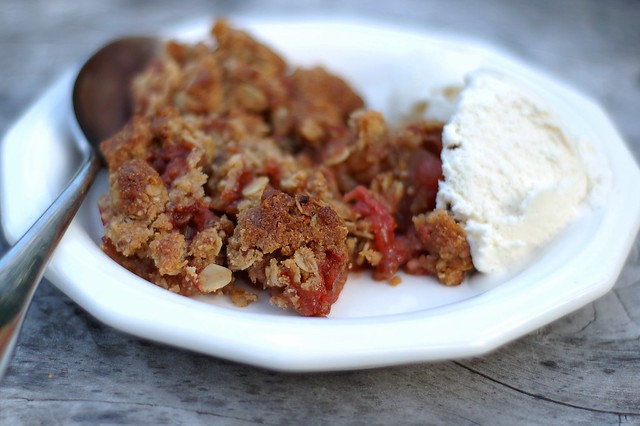
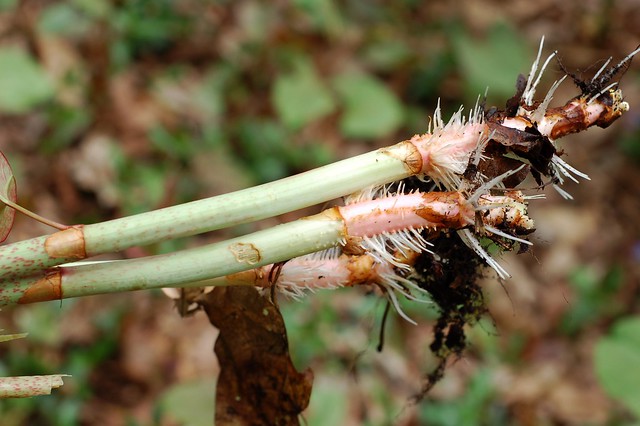
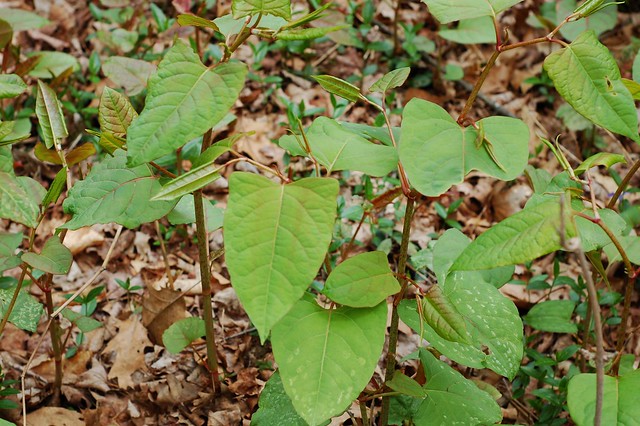
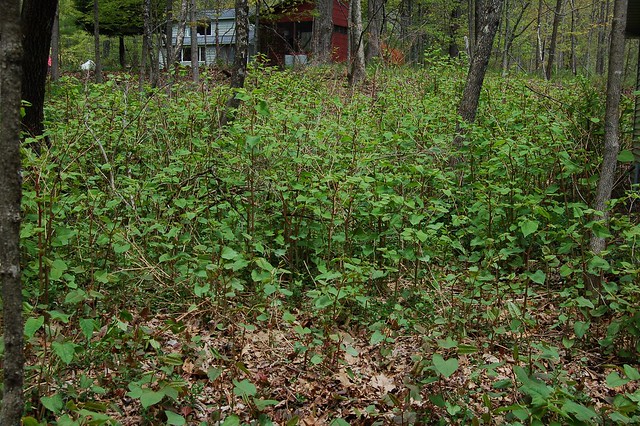
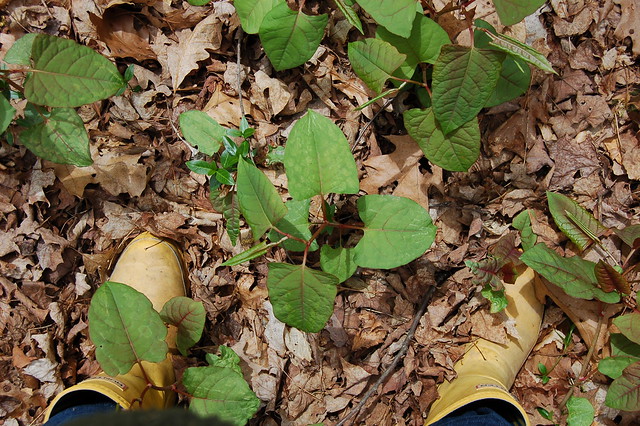

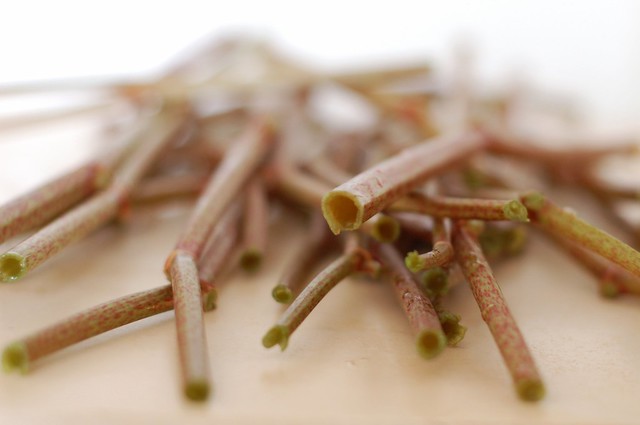
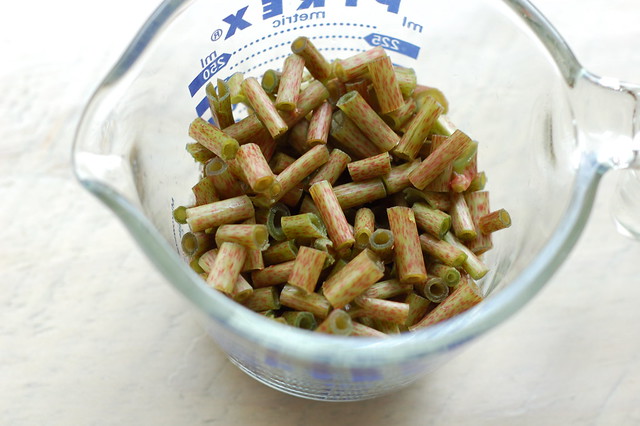
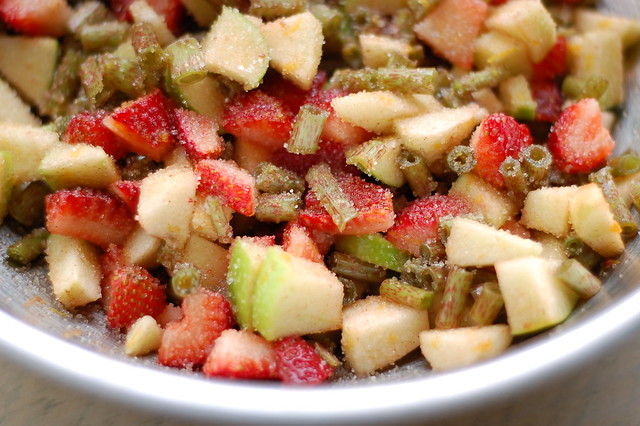
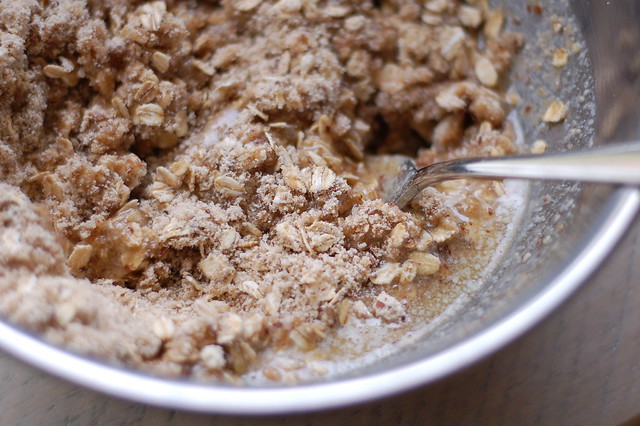




No comments:
Post a Comment